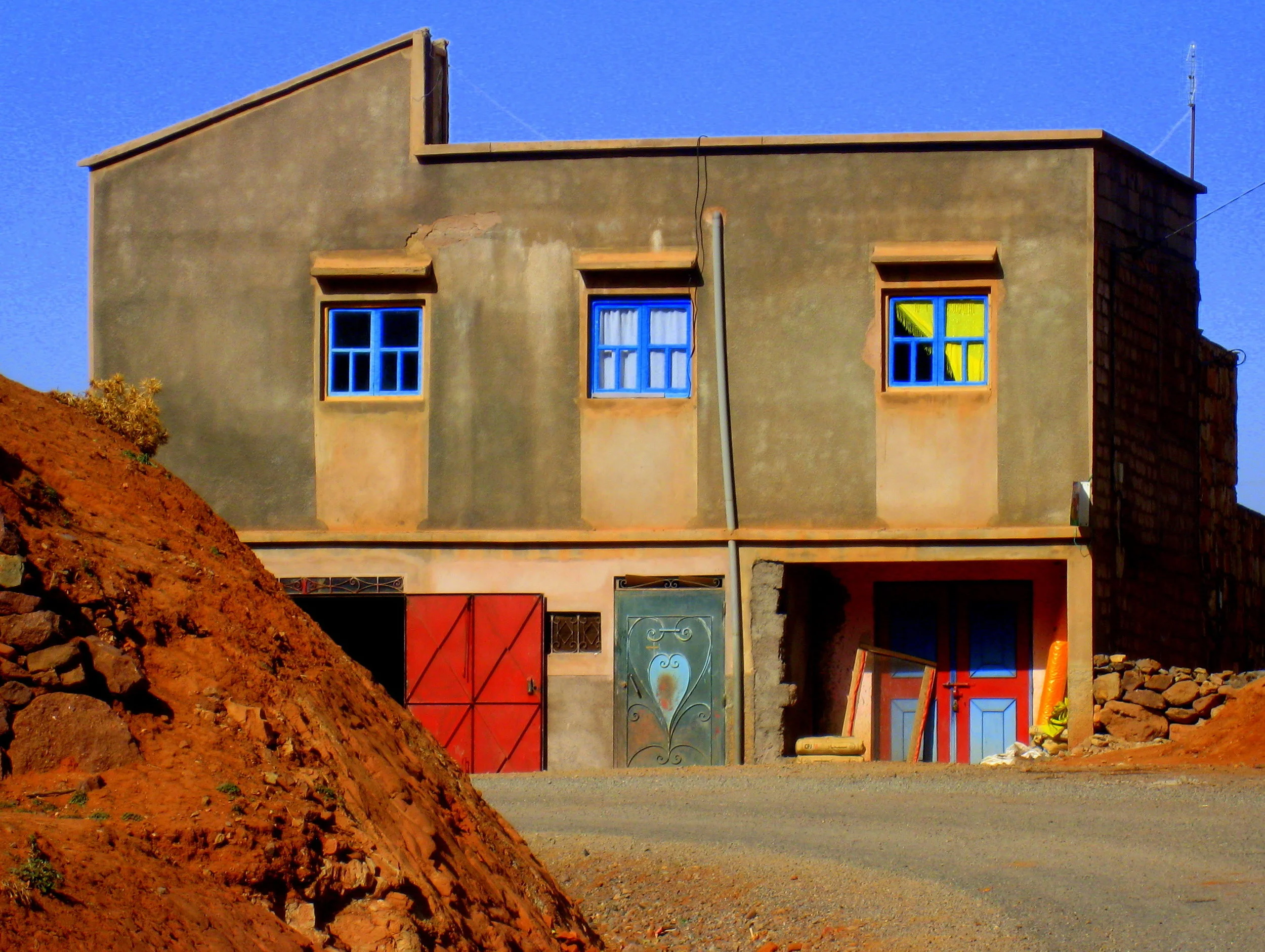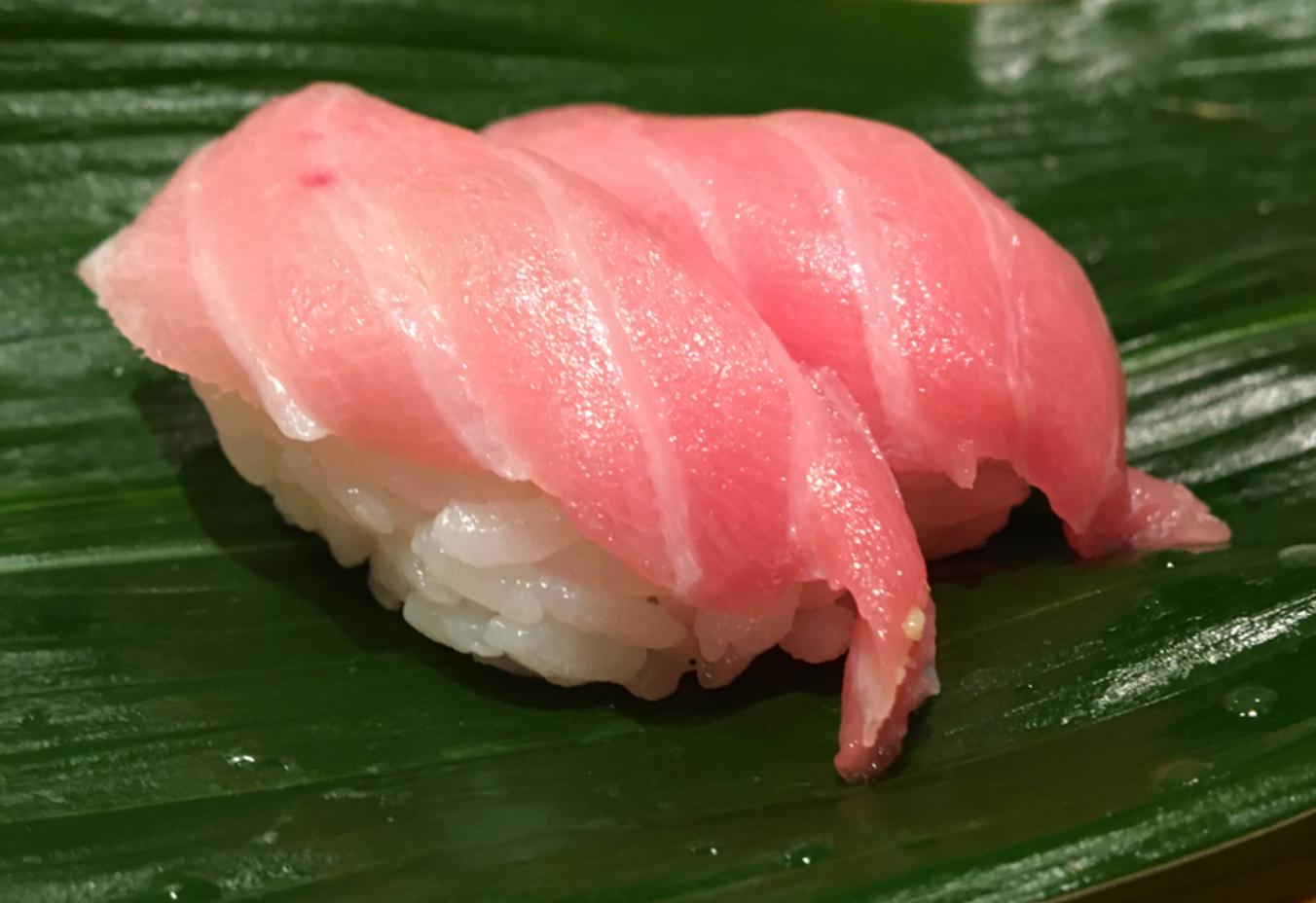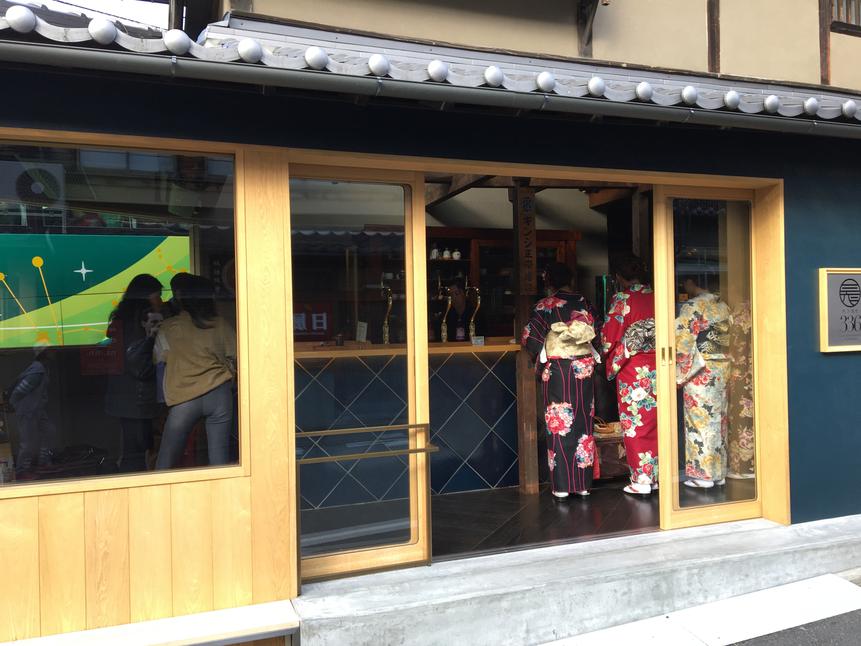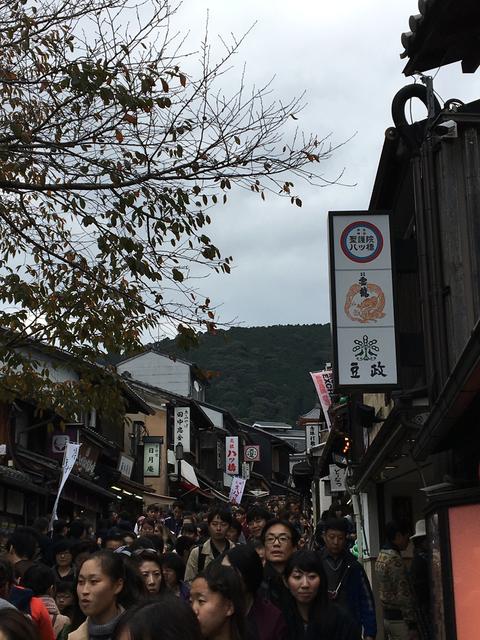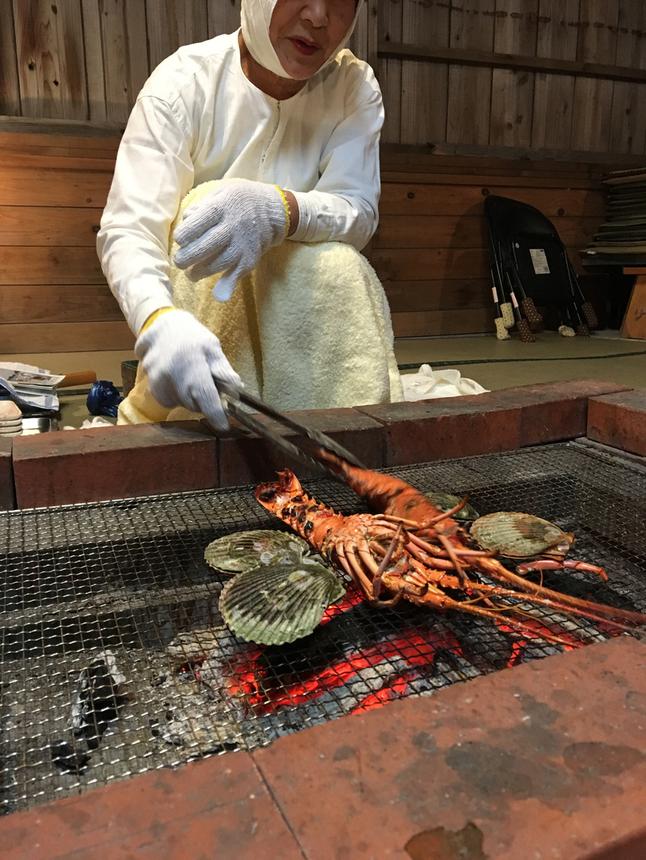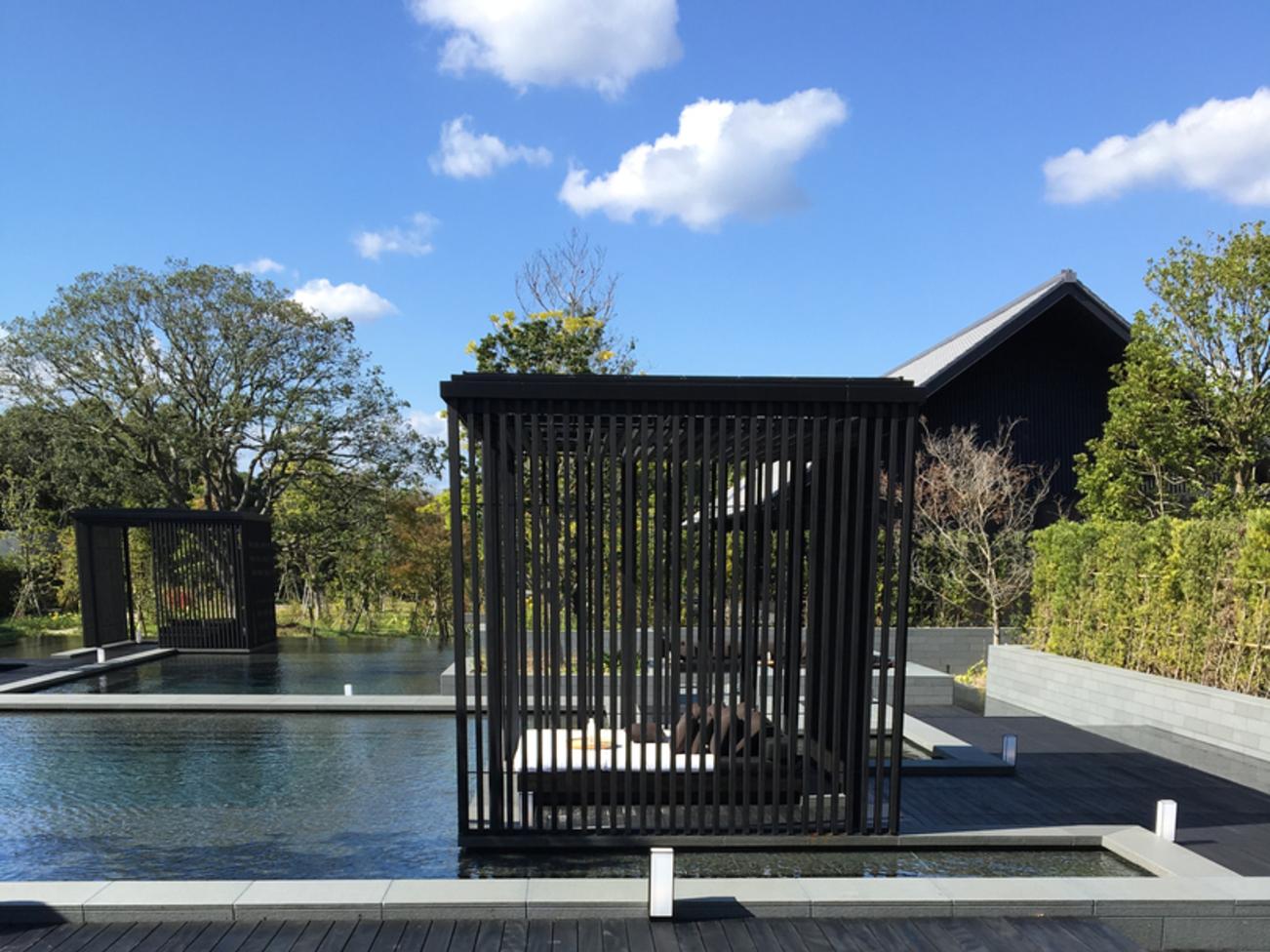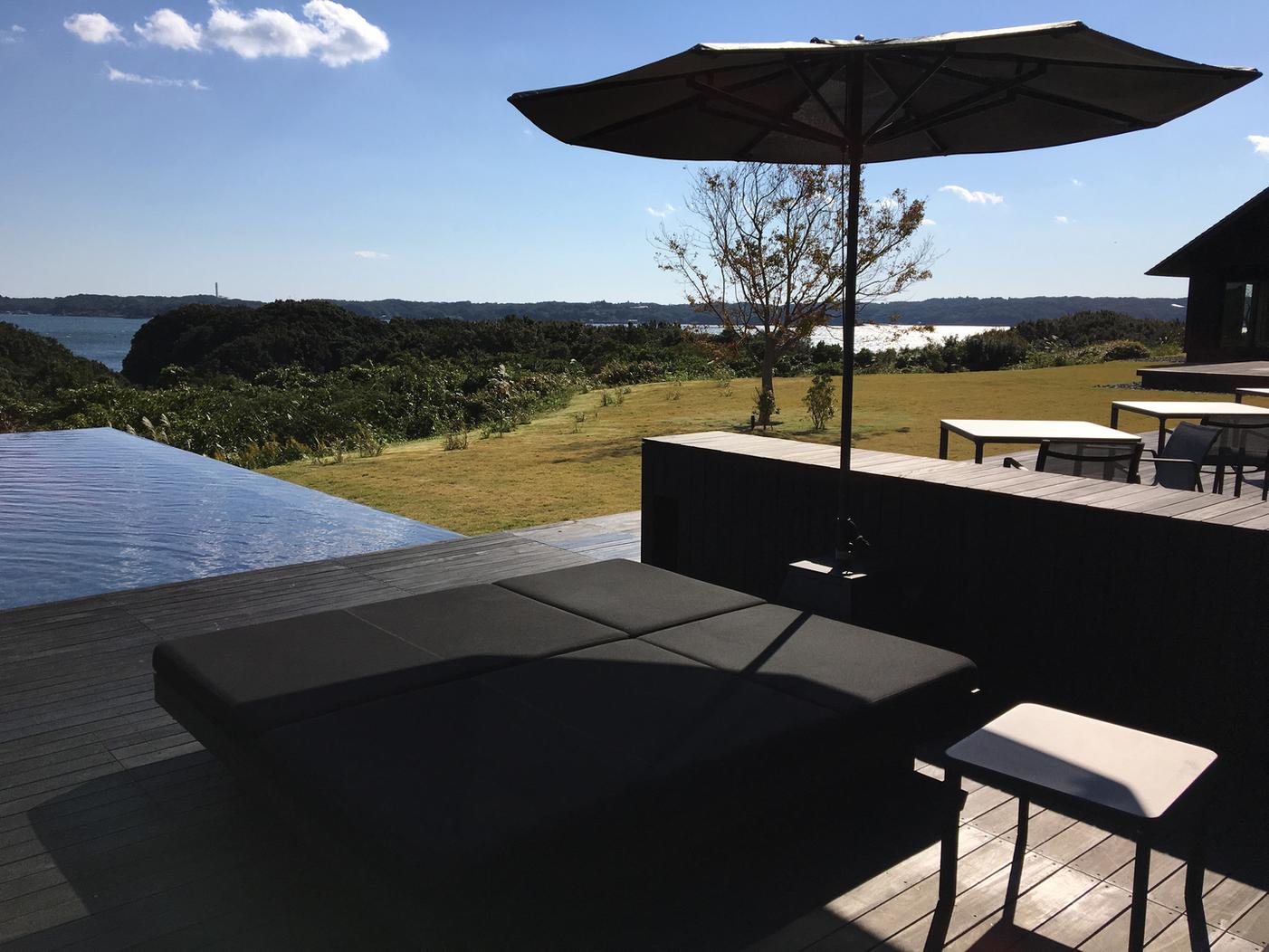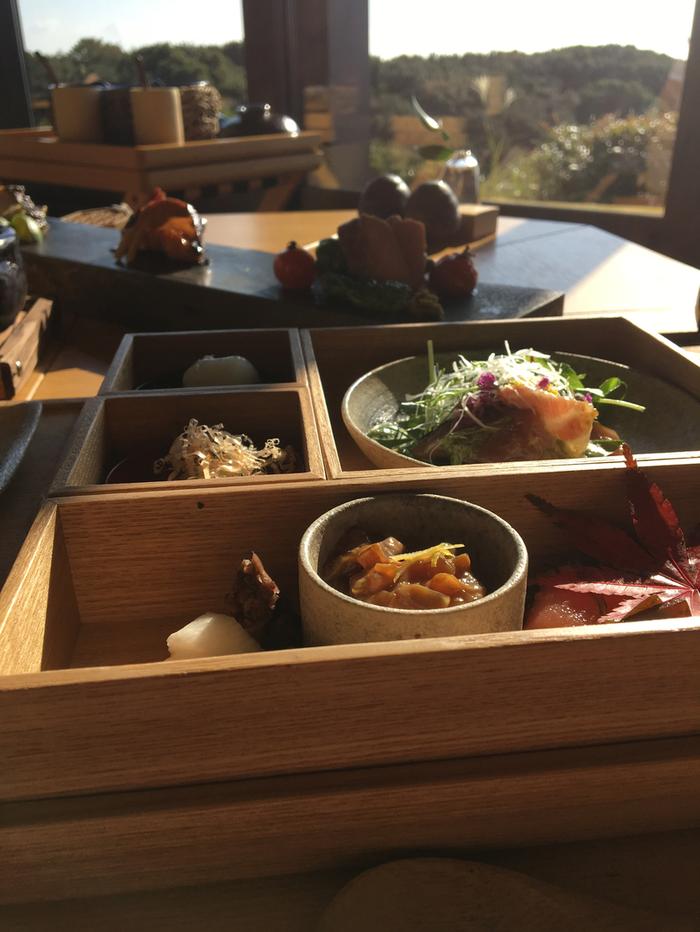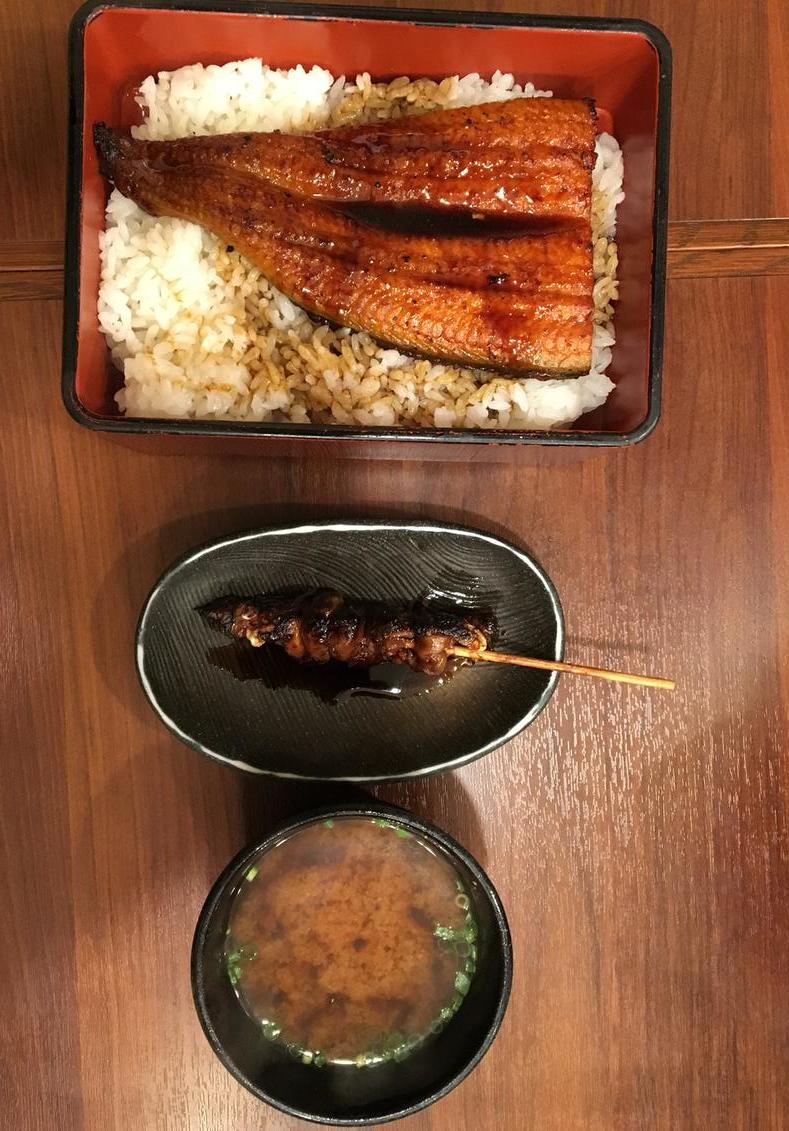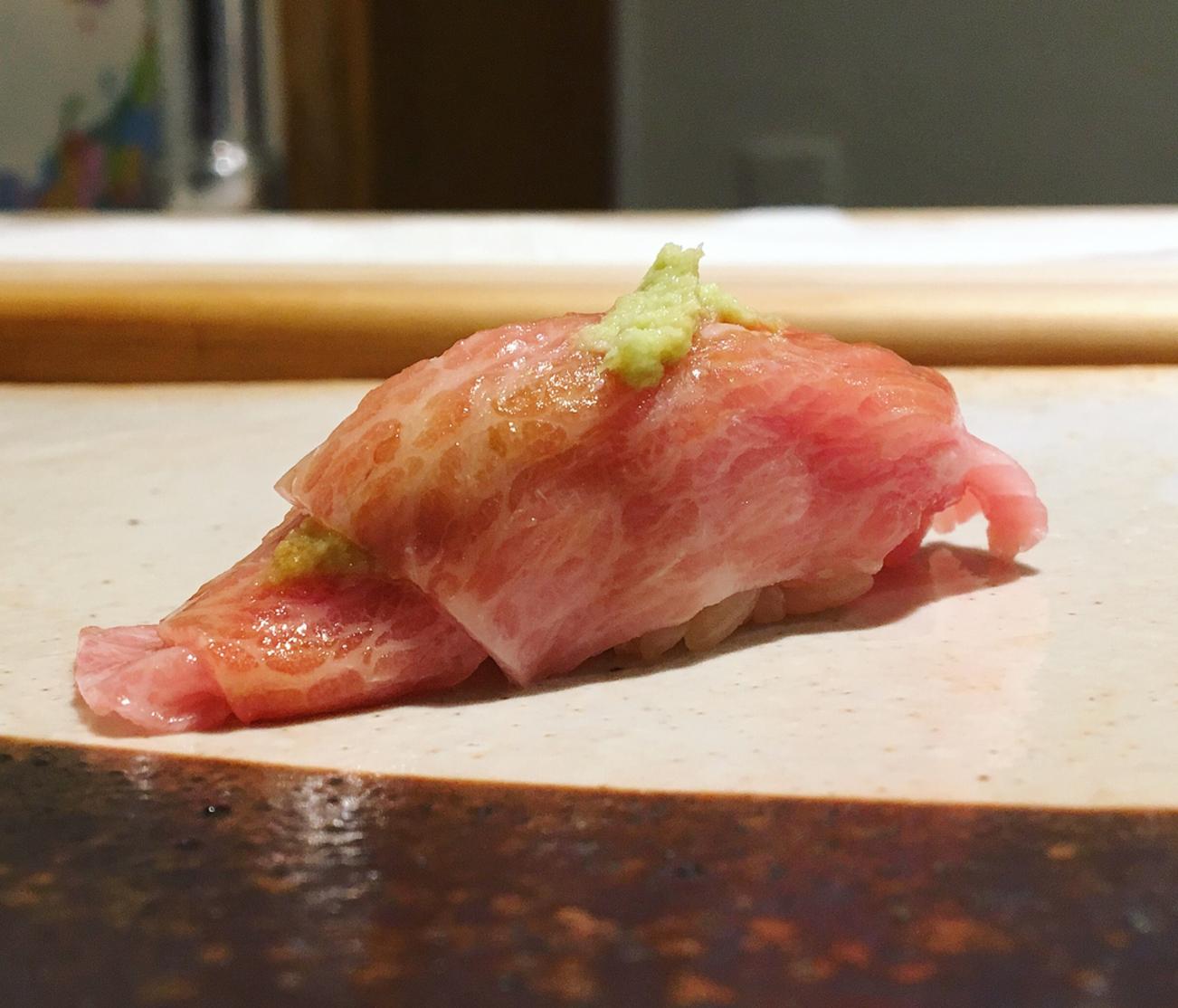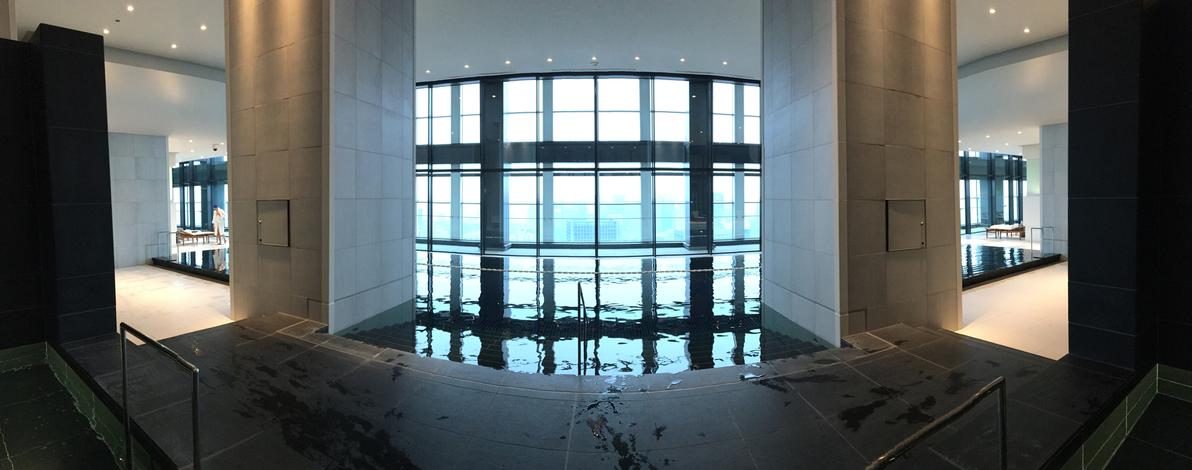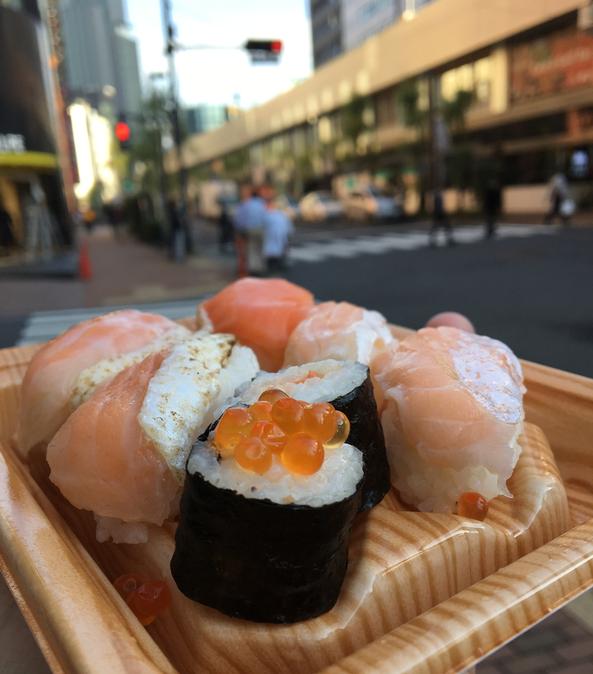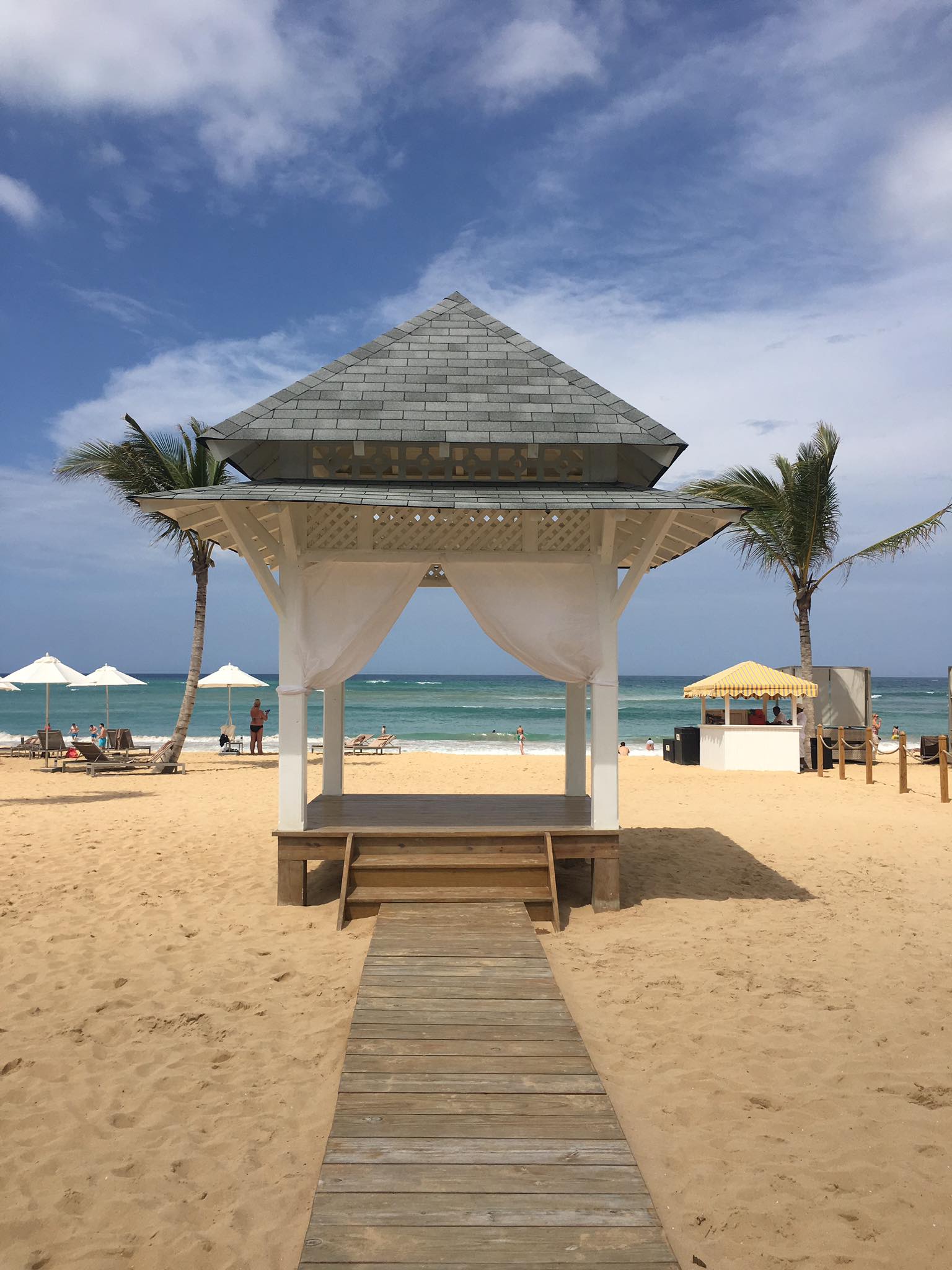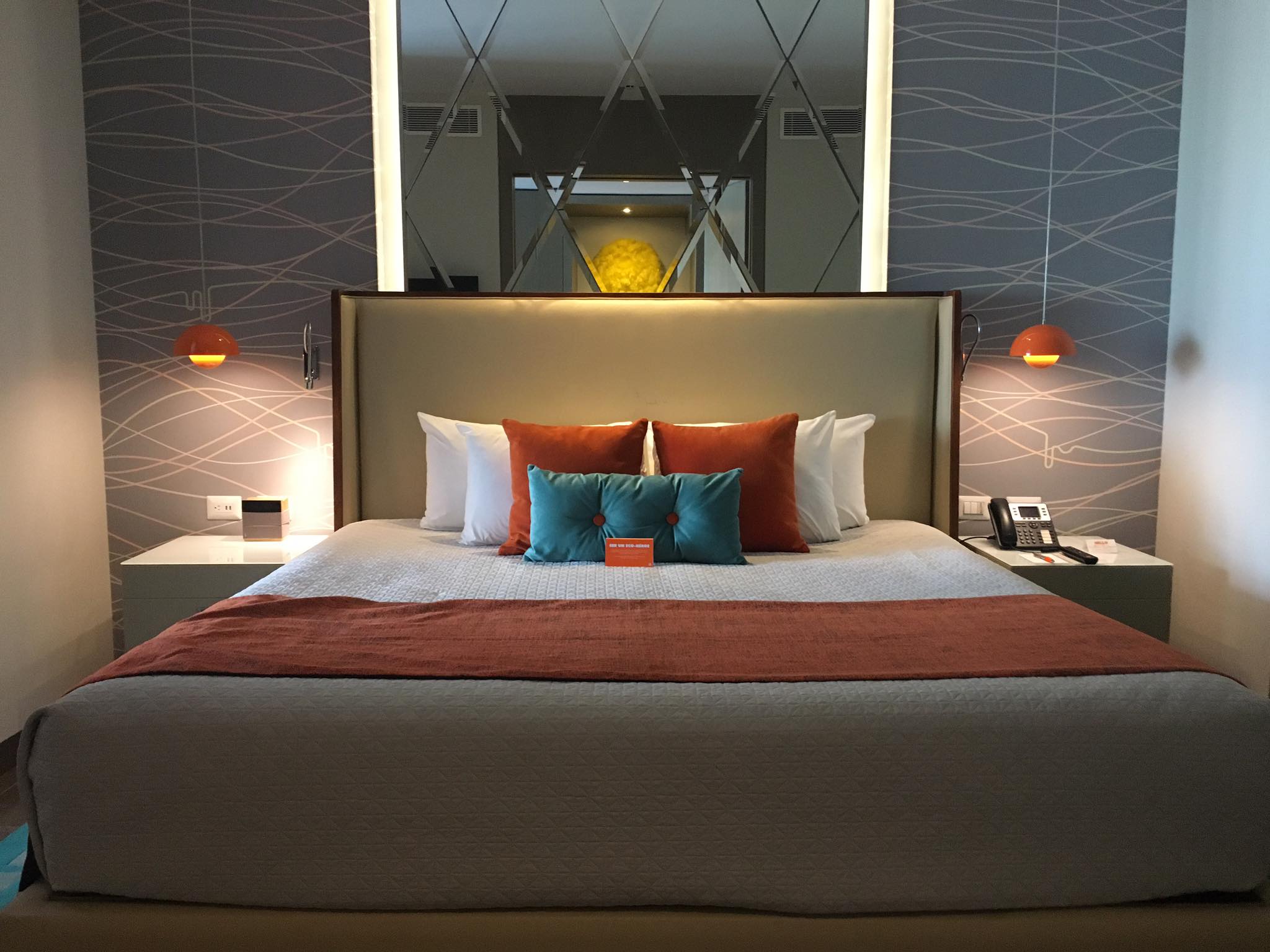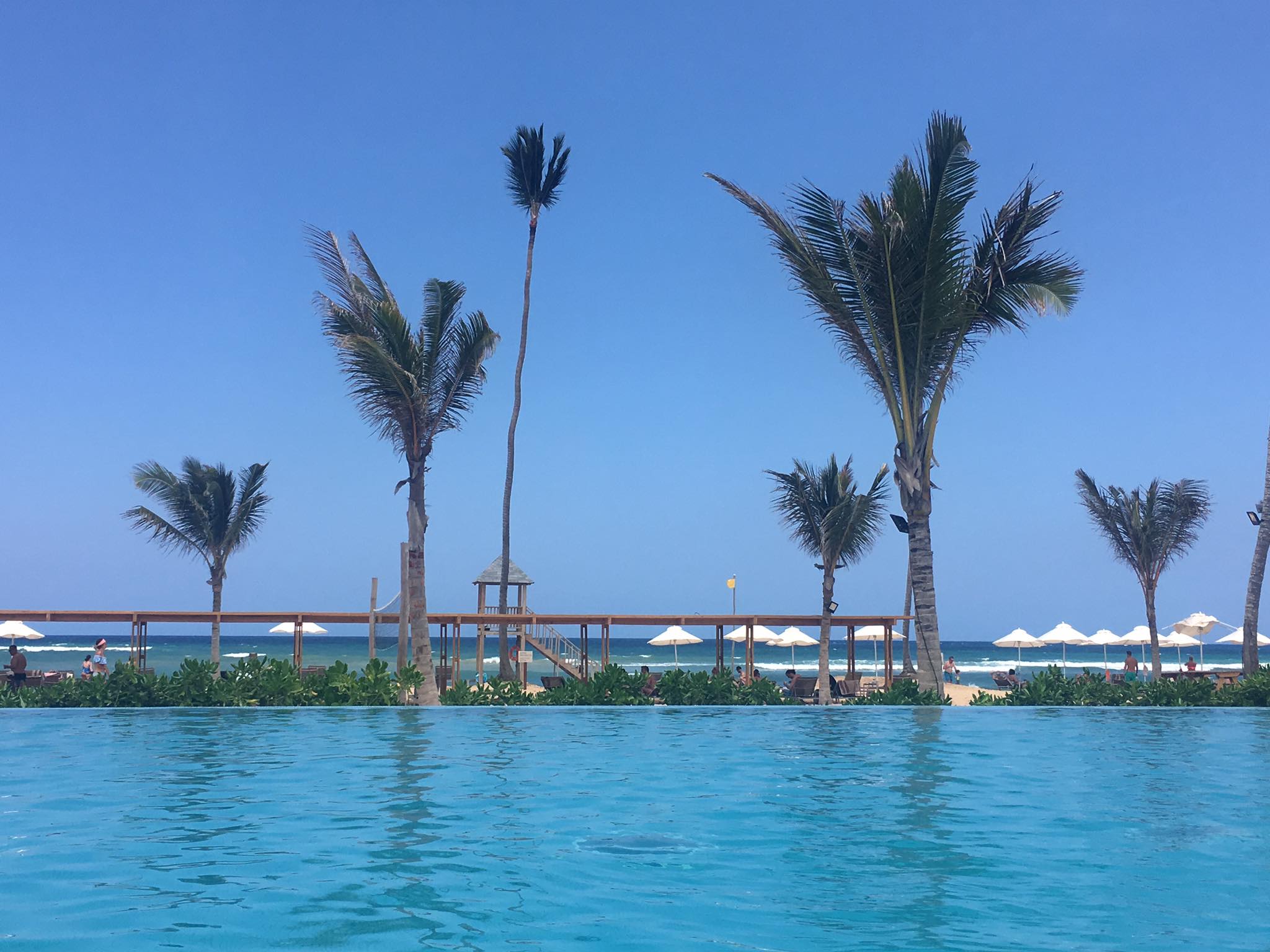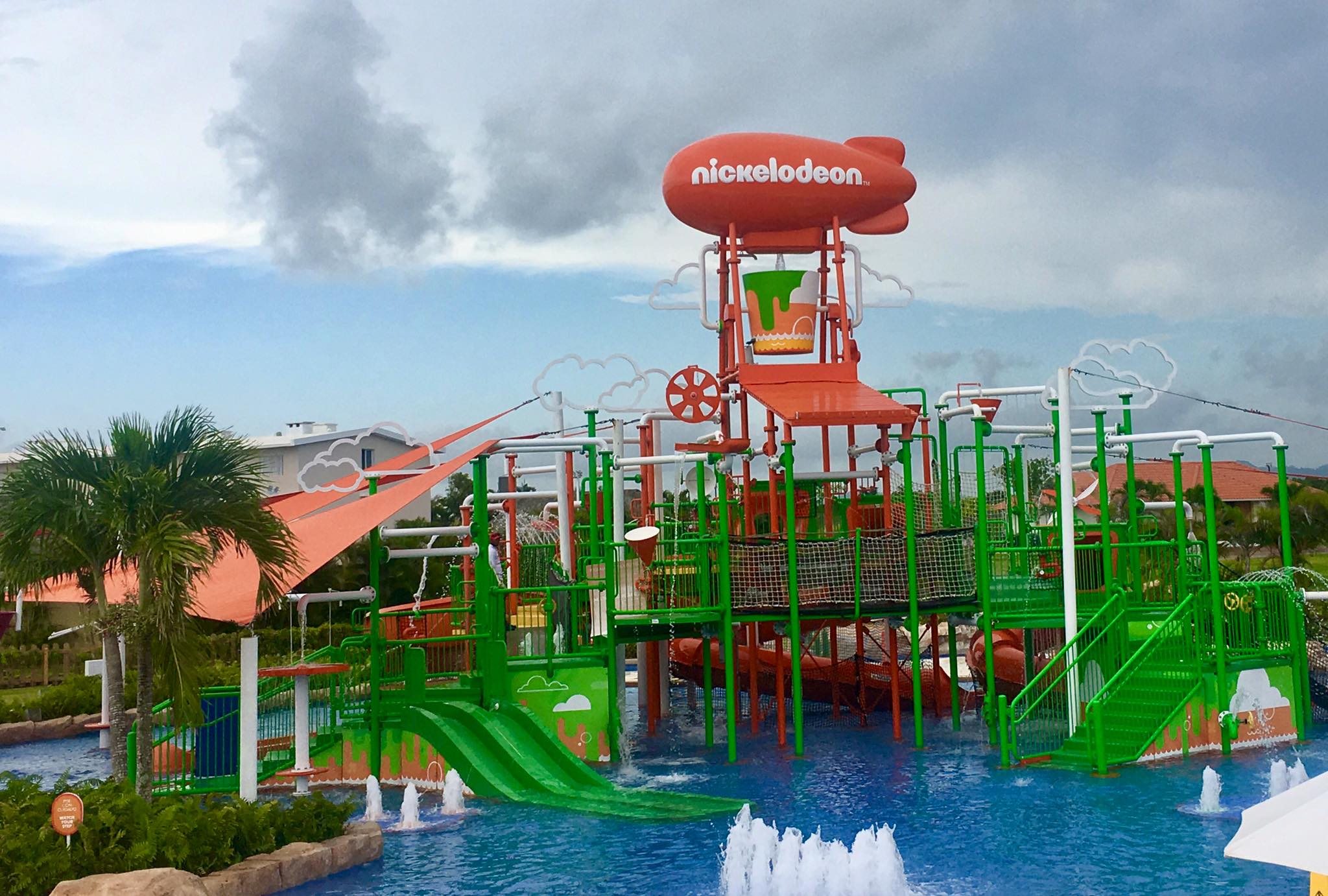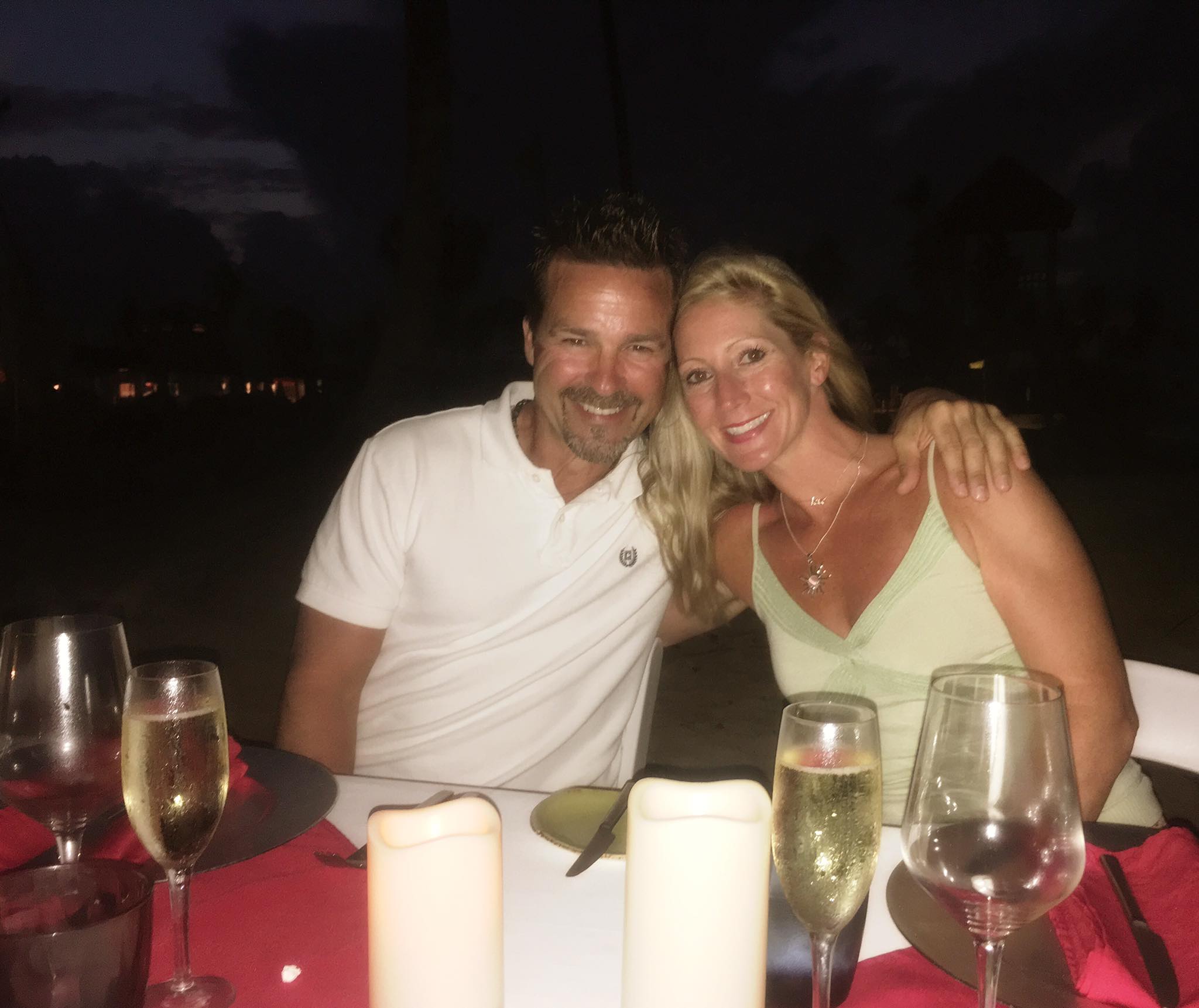Our TWIL Client, Jesse Silvertown, recently returned from Kyoto where he stayed at The Hyatt Regency. Jesse was kind enough to share his feedback with TWIL.
Kyoto is a dream. For those of you that have been there before, that will come as no surprise. For those that haven't, picture a beautiful countryside city, frozen in time from a different era, tinged with modern, beautiful buildings. Many centuries ago, Kyoto - not Tokyo -was the capital of Japan. As the former center of the country - and still cultural hub - there are more temples to visit than any of you might know what to do with. The golden shrine is the most famous, but we enjoyed two others: Tofukuji Temple is a serene, less-popular space in southeastern Kyoto, complete with beautiful shrines and an incredible, life-size zen garden (paid area). Kiyomuzu-Dera, the other shrine area I'd recommend - is special because of the path it takes to get there; Matsubara Dori is a narrow, shop-lined street that helps make the slow climb to the temple a truly unique experience. It gets busy during the daytime, but even for someone (like me) who hates tourists, the density is worth it.
Our hotel - the Hyatt Regency - was situated right in the heart of Kyoto, close to the national museum, restaurants and shrines. It was another hotel that effectively blended western and japanese influences, though for the more adventurous, Kyoto has many highly regarded Ryokan. Ryokan are traditional japanese inns, complete with tatami mats, and most include absurd dinners with your stay. That said, Kyoto has more than enough excellent restaurants. Given my sushi addiction - and my dedication to this crazy hobby - I dragged my wife for our 945th sushi meal in a week. The place of choice was Sushi Tetsu, a restaurant next to a river that blew my mind. A small cover charge gets you in the door, and then - brace yourselves - every piece of nigiri (including ikura and toro) is virtually $1 US.
For non-sushi restaurants, I'd recommend Kurakura, a laid back izakaya with over 100 menu items. There's enough variety for all types of adventure. For the fancier folks, Kyoto has a diverse array of acclaimed restaurants making use of the outstanding local ingredients. Most are Japanese, but some - believe it or not - are French. Like the rest of Japan, it's very difficult to find a bad meal.
Lastly, I'd be remiss if I didn't mention the food tour we did through the Shottengai (shopping streets) of Kyoto. Jason Davidson - an expat from the US - runs the tour through 10 local food stalls. At about $50USD, I couldn't recommend it more as a method for enjoying authentic cuisine that normally is difficult for english speakers to order.

